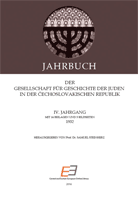
We kindly inform you that, as long as the subject affiliation of our 300.000+ articles is in progress, you might get unsufficient or no results on your third level or second level search. In this case, please broaden your search criteria.


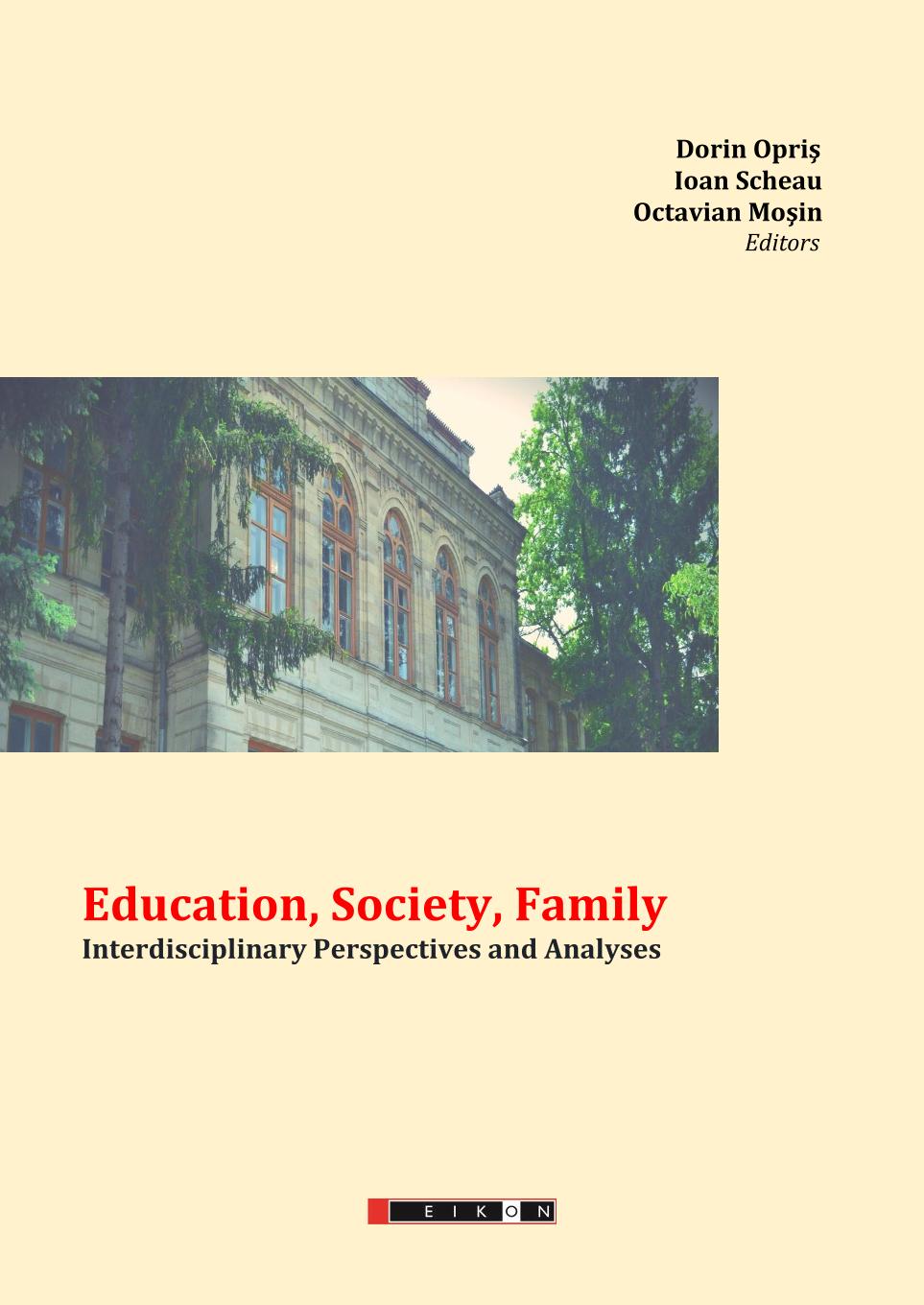
The evolution of moral education reflects the transformation of human society. Since ancient times, moral rules and duties were established within the family and transmitted from generation to generation through short communications and maxims. In the period of antiquity, great emphasis was placed on the formation of children as good citizens, virtue being the most important teaching. It instilled respect for traditions and devotion to the state, in the case of boys, and to family and husband, in the case of girls. If in classical antiquity the emphasis was on promoting the autonomy of the individual, relating everything to his own spirit, which was the Supreme judge, the emergence of Christianity brings a radical change, man entrusting his soul to God, who distinguishes between good and evil. In the Middle Ages, the model was represented by the Knight. He had to prove honor, courage, humanity, tenacity, fidelity to the king. Freedom of will was not denied, but it was determined. The modern era emphasizes the importance of the inner forum. The promoted morality reflects confidence in the capacity of man, in his creative resources.
More...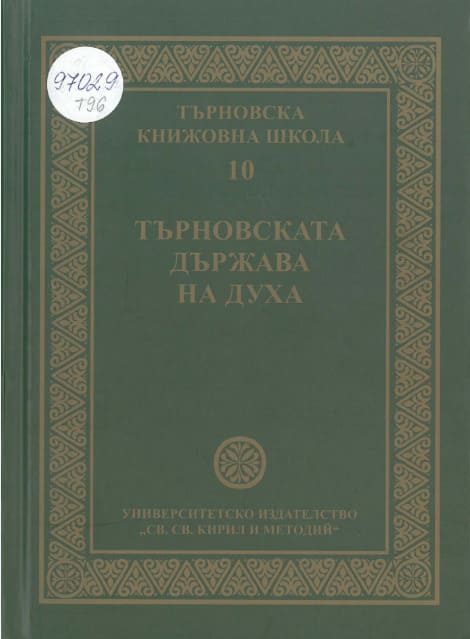
The fortress of Rusokastro is only 22 kilometers west of the bed of the Bay of Burgas, at the foot of the south approaches towards the Aytos Pass and at north approaches of the Strandja Pass of Kovchas. Its significance to Bulgaria and Byzantium in 13th – 14th c. is well attested in the historical sources of the epoch. The information in them regarding the military campaigns of Andronicus III Palaeologus, the emperor, in 1330 – 1331 is particularly important. According to Ioannis Kantakouzinos as well as Nikiphoros Grigoras the emperor acted in a foreign country, his armies robbed the native population and annihilated their crops. Rusokastro was one of the main targets of the military expeditions of both campaigns. In accordance with the last archaeological investigations the fortress was newly built in the beginning of 13th c., and after 1263 there was new building. The significance of Rusokastro becomes apparent as well because the military camps of Byzantium and the Kingdom of Bulgaria encamped at the fortress in the 14th c.
More...
We have few written sources referring to the distribution of luxury textiles in medieval Bulgaria. Our knowledge on clothing is based primarily on foreign historical records, while the local Bulgarian sources (ecclesiastical texts mainly) provide general information without any details. The investigation on textiles, excavated in medieval Bulgarian lands lead to accumulation of data on silk fabrics, such as samite, twill damask, satin, velvet and partially covered the lack of written sources for this period. As a result of this study now we will have more solid grounds while comparing the distribution of luxury textiles in Bulgaria and Europe.
More...
The article again examines all sources of the life of Theodore Svetoslav before his reign. Their analysis leads to the conclusion that the assumption in science of his 15 years as a hostage to the Tatars and the severe dependence of the Bulgarian Empire after 1285 is insubstantial and there is no support in the sourses. From the point of view of Tatar political practice, such a long hostage is not possible. A new chronology of the events up to 1300 is offered, as well as a new look at the role of Smilets in Bulgarian history.
More...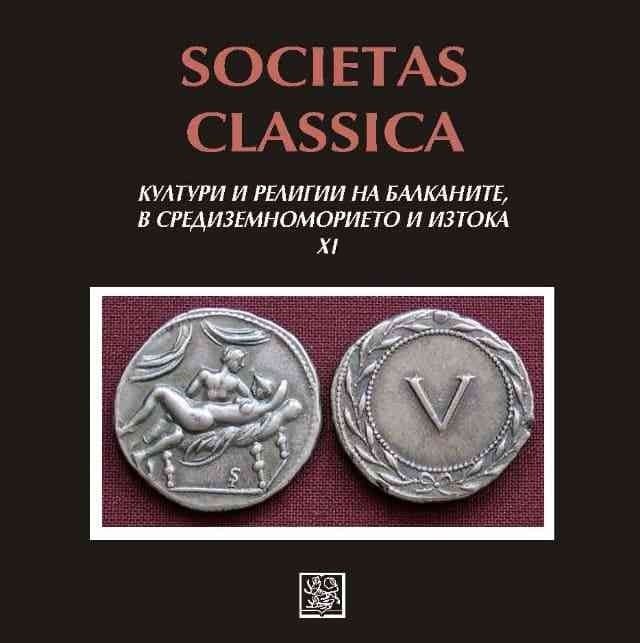
The study of burial practices in Rome is both a religious and a legal issue, as there is a special regulation for organizing and conducting the funeral ceremony that was strictly observed. In Rome, as in Greece, caring for the dead was a sacred duty. To leave the dead unburied means to condemn his soul to perpetual wandering, and therefore to create a real threat to the living as the “tortured soul” was filled with malice. Two features distinguish Roman burials: the first is the importance that the Romans give to the deceased being buried and the solemnity with which the funeral ceremony is held, and the second – the lack of representatives of the public cult. Both the one and the other feature relate to the Romans’ beliefs about death. The funeral ceremony in ancient Rome is commonly referred to as the 𝑓𝑢𝑛𝑢𝑠. In a broader sense, this term encompasses the set of rituals observed from the onset of death to the funeral. From the moment of death, the home and family of the deceased become 𝑓𝑢𝑛𝑒𝑠𝑡𝑎𝑒 and stop being such after the funeral. The rituals that preceded the funeral were different from those accompanying the funeral itself. In this report we will try to trace funeral rituals carried out before and after the funeral, based on the testimonies left by ancient authors, archaeological data, and plastic art.
More...
The aim of the report is to present an analysis of the information from the early Byzantine authors on the cult of Emperor Constantine I the Great, which precedes the chronologically and typologically Christian cult of St. Constantine and Helena, but not without connection with it. Historical sources can be grouped into at least two groups organized around the events related to the consecration of Constantinople in May 330, in which two remarkable ritual and cult centers stand out: 1) The Constantine Forum: the consecration of the solar statue of Emperor Constantine at the newly constructed Constantine Forum on the famous porphyry column brought from Egyptian Thebes, the day before or on the first day of the 40-day celebrations, accompanied by numerous additional ceremonies and rituals; 2) Hippodrome: The ceremony of the Hippodrome on the first day of the 40-day celebrations in which the gilded xoanon of Constantine, holding a small sculpture of Tyche on the city in his right hand, was carried in the “Helios Chariot”. In the worship of the Emperor Constantine I the Great two important religious ideas were intertwined as central: – Preserving and resurrecting the solar cult context in the architectural and artistic design of the new political centers of the Constantine’s city, inherited from the ancient Byzantion; – Reviving and incorporating the ancient mythological tradition of the founding Byzantion in the new context and traditions of Constantinople.
More...
The present text discusses the penetration of Christianity in Philippopolis. For the purpose of the study the author presents and analyzes the historical events, the epigraphic sources and the archaeological evidences of the temple architecture within the city. The chronological boundary of the paper is until the middle of V century. The author summarizes the information of the topic, discusses some problems, asks new questions and submit new visions. The discussion is very important, because Philippopolis is one of the biggest cities in the Roman province of Thracia and also it is its capital. The ancient city is definitely rich in a variety of Christian buildings. Some of the temples differ from one another, but they have similarities in the architectural and mosaic decoration. It is important to be noted, that we can suggest, that there was a continuity in the cases of two of the temples with earlier non-Christian cultic structures (the temples in Komatevo and Djendem tepe).
More...
In 306 after the death of Constantius Clorus, his troops in York proclaimed his son Constantine for Roman emperor in violation of the established by Diocletian political system, called tetrarchy. After two decades of wars Constantine established himself as the sole ruler of the Empire. After his death his three sons divided the Roman empire and between 306 and 363 the state was ruled by his nephew Julianus Apostates. The name of the province of Second Moesia was mentioned many times in written sources during this period as well as its towns’ and archaeological data show the serious construction activity undertaken in them.
More...
An attribution is, first and foremost, an interpretative category. With the anonymous pottery painter identificated as the 𝑃𝑒𝑛𝑡ℎ𝑒𝑠𝑖𝑙𝑒𝑎 𝑃𝑎𝑖𝑛𝑡𝑒𝑟 would not be different, but this “creative personality” was implicated in unexpected workshop practices, stylistic transitional peculiarities and crossover involving parietal painting. Throughout the second half of the last century, the Penthesilea workshop generated less and less interest among the specialists in the field of Greek vase painting. The dominant interpretation that the “ethical” aspect of it’s contemporarie parietal paintings could be seen in the Penthesilea Painter’s works has given way to doubts and academic disinterest. This paper compiles main understandings on the subject.
More...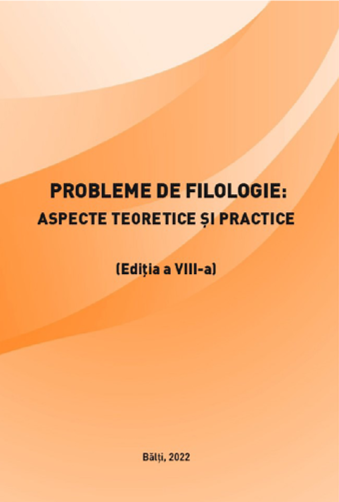
Phrase, Grabar (Old Armenian), German, translation, definition.Summary: Phrases of Grabar և their German translations. The following work isdedicated to the comparative study of the old Armenian phrases and their Germantranslations. A number of Grabarian historiographical works of the 5th-12thcenturies, their German translations, were chosen to be the basis for the research. Asa result of the study, the boundaries of the term "phrase" were clarified, the vitalityof the old Armenian phrases today was revealed, their capabilities of wordformation, of course, the possibilities of translating Old Armenian phrases intoGerman, the peculiarities of linguistic mentality of the two nations.
More...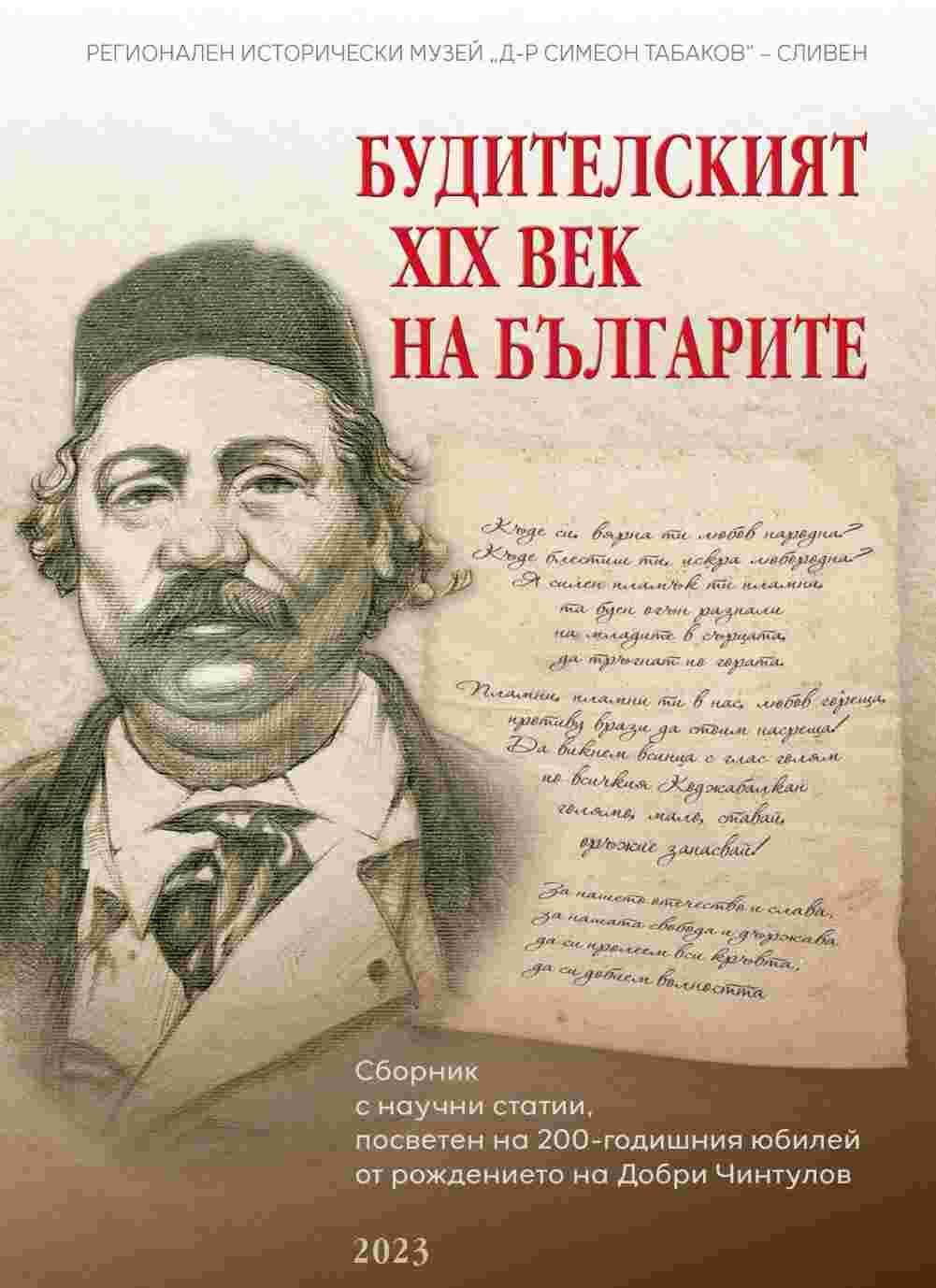
The study "Bulgarian Fine Art in the 19th Century: the Leap from Medieval Imagery to European Visual Culture" provides a comparative analysis of the development of Bulgarian painting in relation to European art. The study is carried out through a juxtaposition and visual comparison of the characteristics and visual qualities of certain works taken for analysis. The methods of painting, the construction of the composition, and the borrowed techniques taken by the Bulgarian masters from the artists in Europe are compared. One of the most complex and remarkable periods in Bulgarian history is brought into focus as how the artists managed after a long stagnation to catch up with already developed European standards in art. In an effort to overcome cultural backwardness - a new generation of artists made a great and important leap in the development of Bulgarian fine art. A parallel is drawn between Europe, which has had time to quietly shape its art, and Bulgaria, which after a long slumber is decisively uplifting and transforming its cultural heritage. On the basis of this analysis, we get a visual example of borrowed practices and the development of Bulgarian painting. We trace how it progressed along with socio-cultural changes.
More...
A copy of a stolen manuscript was received in the fund of the Regional History Museum - Sliven. It examines the topic of weapon production in Sliven in the 17th - 19th centuries. According to the newly acquired manuscript of D. Dobrev, rifle workshops were equipped with blowers, anvils, and various tools. Carbines, forged blunderbusses, long and thin “boyliya” rifles, long-barrel pistols, “syungiya” rifles, and the expensive “Dzhuver” rifles are produced. Arms production has a significant role in the economic life of Sliven. The nascent Bulgarian pre-industrial manufacturing industry led to glamorous economic, political and cultural events. The last weapon, a hunting rifle, was made by the old masters of Sliven. It belongs to Georgi Makaschiev and is kept in the Regional Museum.
More...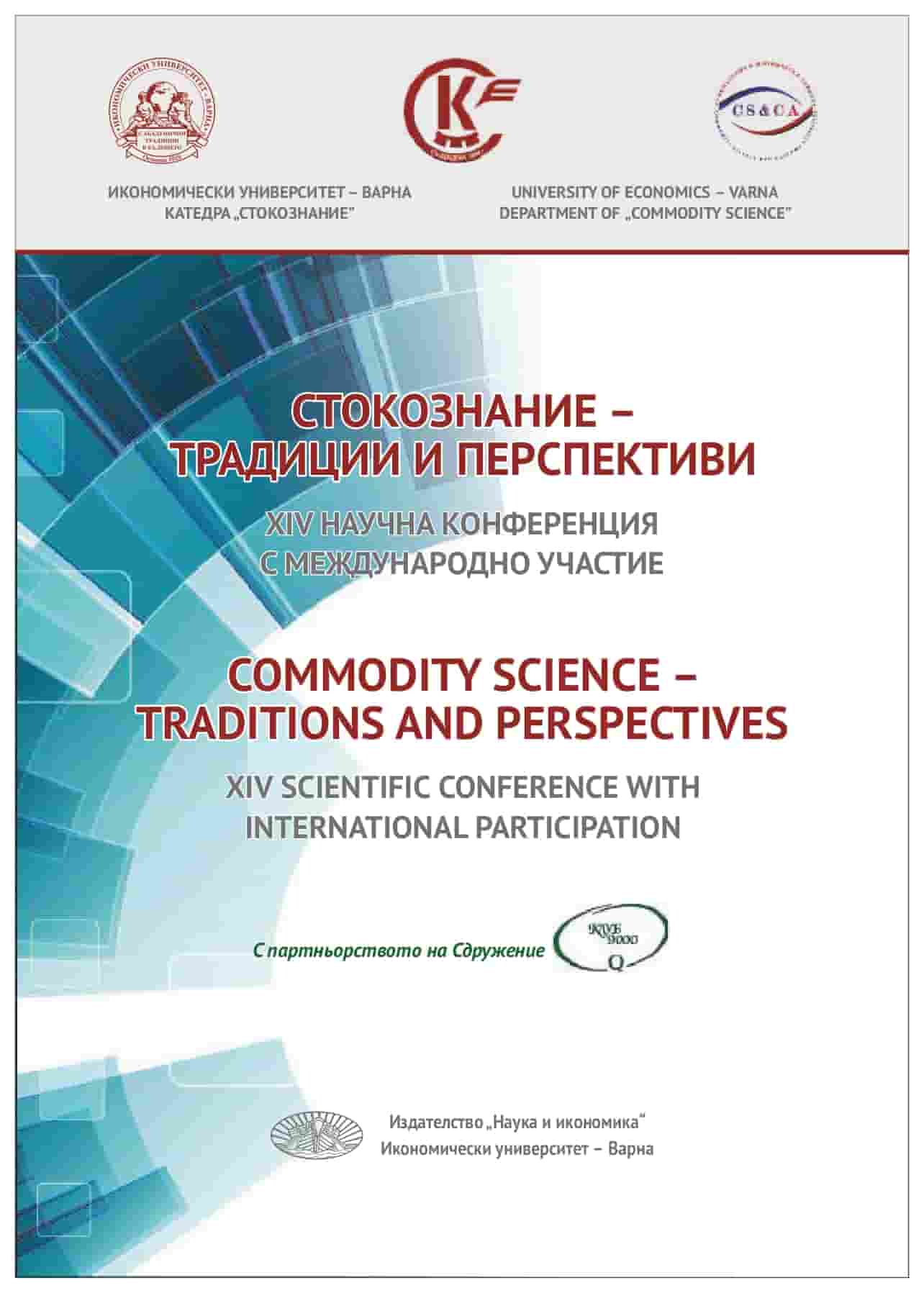
The establishment of the "Commodity Science" department and specialty at the first Higher Trade School (now the University of Economics - Varna) in Bulgaria dates back to October 19, 1948. The confirmation and development of academic education in the field of commodity science only at the University of Economics - Varna is conditioned by the foresight of its founder, first rector and professor of commodity science - Tsani Kalyandzhiev, the presence of prominent scientists and teachers who continued his work, the creation of good conditions and renewed material base, current scientific research, the need for specialists who know the factors for the formation of the assortment and the quality of the goods, its evaluation, control and management. For its 75 years of development and resistance to economic challenges, the "Commodity Science" department develops dynamically in accordance with the development of international markets, the requirements of practice and consumers, provides scientific solutions and trained staff to national and international businesses. She has left a rich scientific legacy in the field of commodity knowledge - over 165 textbooks and teaching aids for universities and vocational high schools, more than 325 scientific studies have been published, of which 20 monographs, 170 articles, 130 reports, there are 46 inventions and over 50 developments on scientific projects. Only for the last 5 years (2019-2023), the scientific publications of the department staff are 135, of which 40 are in foreign refereed and indexed scientific publications Scopus /Web of Science. The number of citations of the publications of the members of the academic staff for the last 5 years is 320, and in the indexed editions Scopus and Web of Science they are 74%. Over 100 are the joint scientific publications of members of the department with their supervised doctoral students and students. The Department of "Commodity Science" has organized and conducted 20 international scientific forums, at which 790 reports were presented, of which 487 were by foreign scientists and 383 by Bulgarian scientists, it trained over 3680 graduates, unique specialists - bachelors, masters and doctoral students with wide realization.The actuality and growing need for knowledge about commodities, established traditions, international scientific partnership and that with practice and business, the proven historical significance of scientific contributions and prepared staff from the "Commodity Science" department determine its sustainable development, vitality and perspective.
More...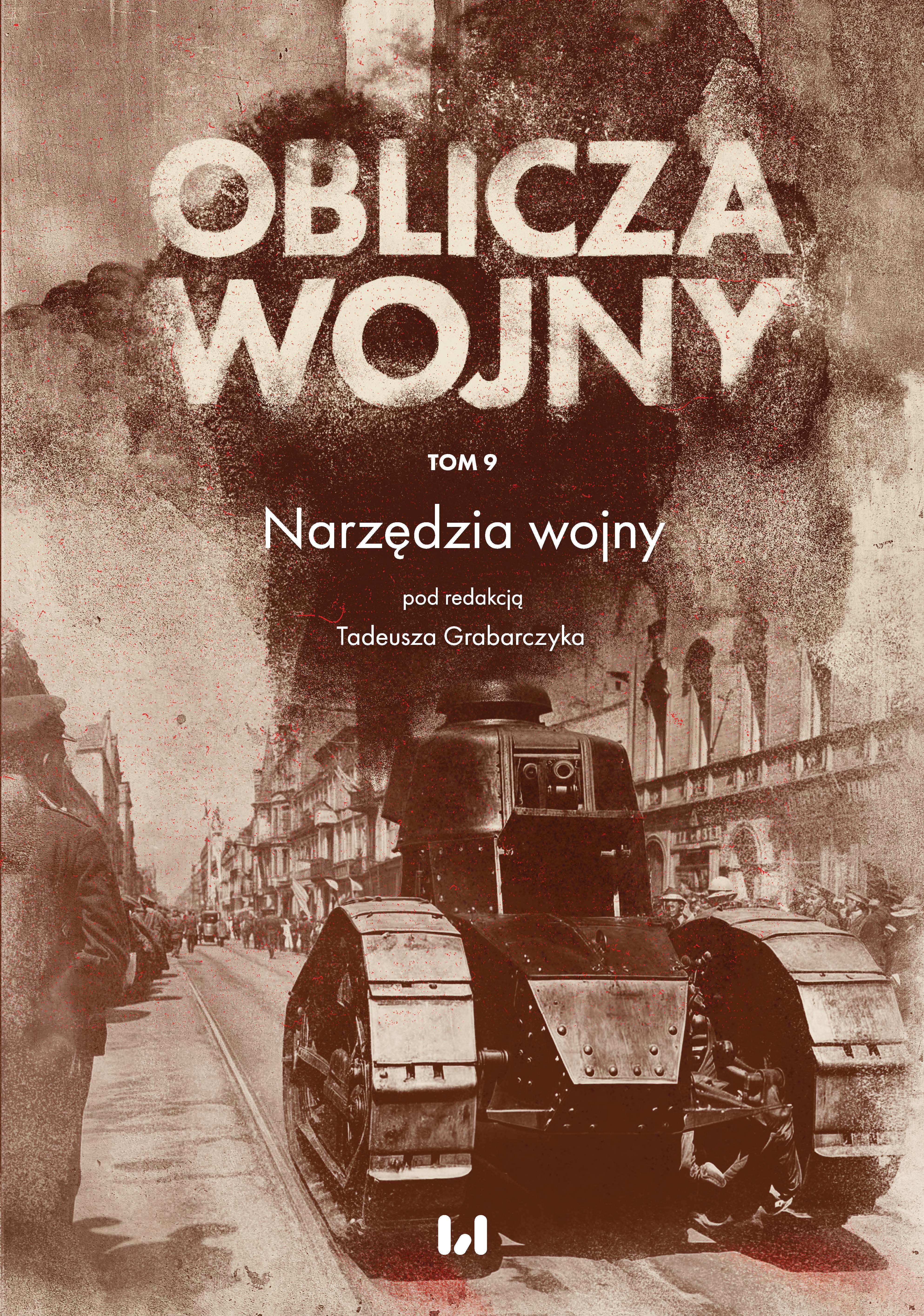
The purpose of the following article is to present and analyse the tactical solutions employed by the Irish Republican Army and British forces in the Irish War of Independence in 1919–1921, particularly in the context of urban action. The article presents, the innovative methods of guerrilla warfare employed by the military wing of the Irish nationalist movement and the responses of British forces to these actions. The main issues covered in the text are: the Irish Republican Army's campaign against the Royal Irish Constabulary and the Dublin Metropolitan Police, the operation of the new British police units formed specifically to combat Irish separatism known as the Black and Brown and the Support Divisions, and the major combat operations carried out by the republican movement. In addition to analysing purely military operations, the article also describes the functioning of the intelligence services and the most important operations of the spy networks of both sides. In the context of Republican intelligence, the contribution of Michael Collins to the construction of an effective informant structure and the formation of a special liquidation group, the so-called Squadron, is particularly covered. From the perspective of the topic of the article, two specific moments in the Irish War of Independence were considered particularly significant. The first was the events of the so-called Bloody Sunday of November 1920 and the attack on the Customs House in Dublin on 25 May 1921. The article adopts a chronological structure, distinguishing three main phases of the conflict. The subject of the study was the testimony of the participants in the events described, found in the Bureau of Military History.
More...
The factor of material and technical equipment had a significant impact on the combat capability of military components; in addition to matters such as education and training of personnel training. In the entire post-war period; there was a significant progress and qualitative development in science; which influenced the search for newer and better technical solutions. This scientific and technical progress was very often used in military technology; especially in engineering troops. This was most visible in the technical equipment. The article discusses the above-mentioned aspects of the armament and the material technical equipment of the engineering units of the Polish Army in the years 1945-2010. The article is divided into three main parts: the first part describes the armaments used by the engineering troops; the second one presents technical engineering equipment in detail; and the third part contains information on material equipment. The article is supplemented witch numerous tables and lists of the equipment used.
More...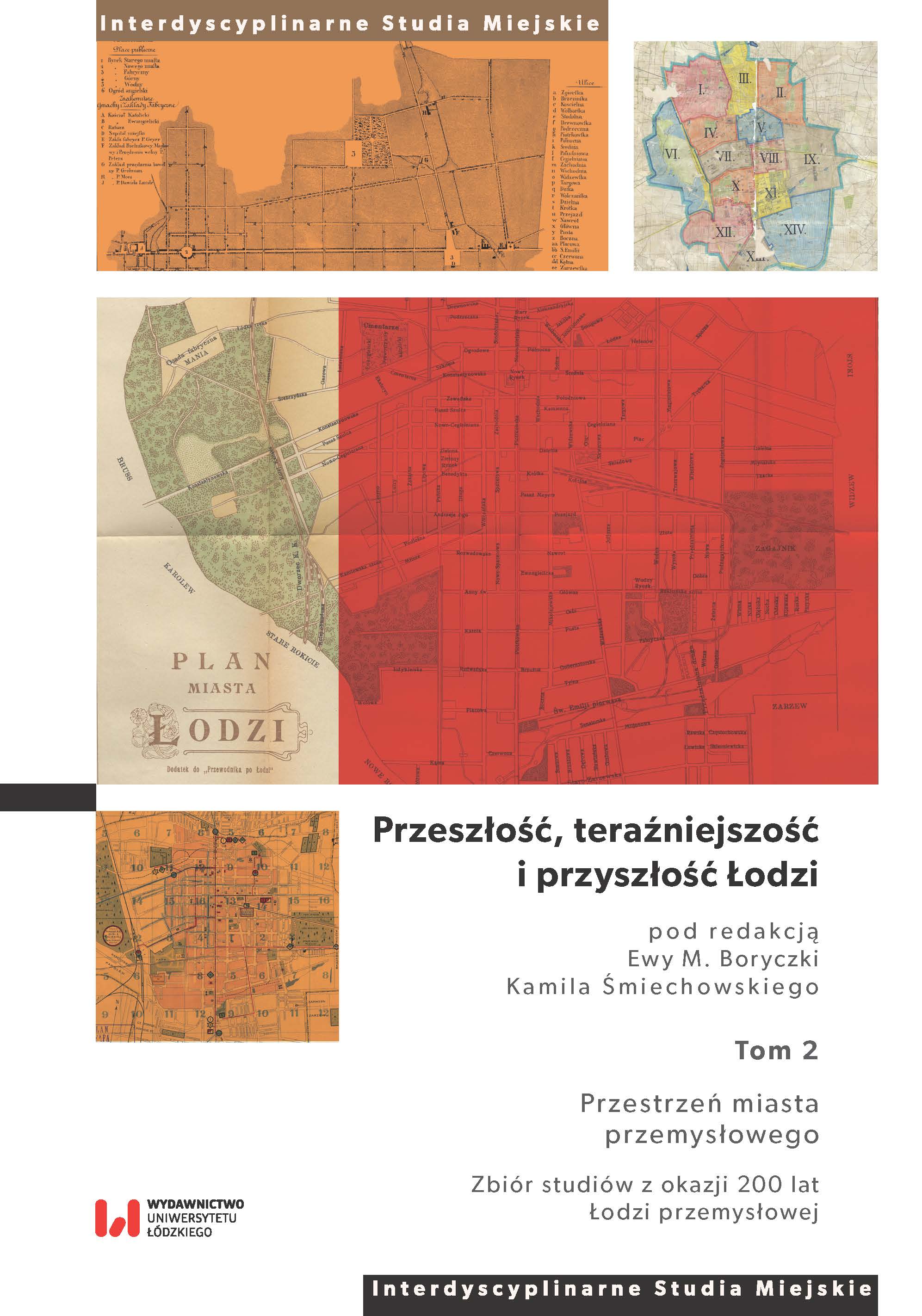

The chapter addresses the issue of a broader view of the regeneration of an industrial city in the light of dynamically occurring multidimensional technological, social, political and, above all, environmental changes. Regeneration consists in discovering the usefulness of each component of the production potential in new conditions and properly incorporating it into the productive and developmental circulation. It is a process in which a new “grammar” of management emerges on the one hand (new concepts, a new language, a new conceptualization of the functioning and development of the city), and on the other hand, management shifts to a new development trajectory. It is impossible to start this process without modifying the socio-economic imaginary and building a new paradigm in the approach to further processes of urbanization and urban development. The reallocation of industry towards Third World Countries by global corporations over the past 50 years has shown how sensitive – politically, socially and ecologically – we have created the modern world. The scale of the problem is revealed to us at an accelerated pace by extreme climatic events, epidemiological threats, political and war conflicts. Supply chains are being disrupted, basic principles of social and economic security are being violated. These are, among other things, the main reasons for the need for a different view – scientific and political – of the geography of the world’s production processes and the need to take into account – in the further development of civilization – “commonly” ignored global external costs. We now know that we are in the phase of a civilizational and climatic geopolitical and demographic breakthrough, which requires a different view of the productive functions of cities, their future functional and spatial structure, the degree of preservation of material cultural heritage. Perhaps the delayed changes that are taking place in Łódź are a new opportunity that will be used in a new historical moment of changes in the geography of the world’s industry, moving away from energy based on coal and other fossil fuels, and to re-reallocate the generation sphere to the global level towards the return of “industry” to the cities of the Western World and the EU. However, the reindustrialisation of the cities of the EU, Europe and the Western World will have a different trajectory resulting from the clearly visible features of a new type of digital and low-emission economy, as well as the possibility for cities to generate “new” strategic generation resources on their own. These new “economic resources” are produced in complex territorial urban socio-economic systems. As a consequence of these objective trends, we can conclude that the new wave of development and transformation of cities will be determined by “new” resources and development factors already inherent in urban systems as a result of the historical process of accumulation with minerals, raw materials and also the accumulation of knowledge and skills of city dwellers. Especially large cities have a “hidden” critical mass, the liberation of which will allow the transition to a new trajectory of development based, in a strategic sense, on intangible intellectual resources. Such a new resource of industrial development becomes “territorial capital”. Without going into a deeper analysis of contemporary development processes, widely described in the literature on the subject, it is worth pointing out the permanent trends that will determine further development processes and what may result from them for global, national and local activities of public institutions towards cities and urbanization processes. These include:• Accelerating digitization of all spheres of economic, social, political and military life. • Increase in demand for stable electricity. • Building a global consensus on action to protect the climate and restore the regenerative functions of the natural environment. • Political and economic pressure on the development of renewable energy sources as new resources for building sustainable competitive advantages on territorial scales. • The depletion of cheap sources of mineral resources and the strengthening of market innovations and motivation to use secondary raw materials. • Economic polarization of the world and conflicts over access to water.
More...
The report examines the diplomacy during war period, on the base of the example of diplomatic actions in the World War II, including the role of the mediation and the negotiations.
More...